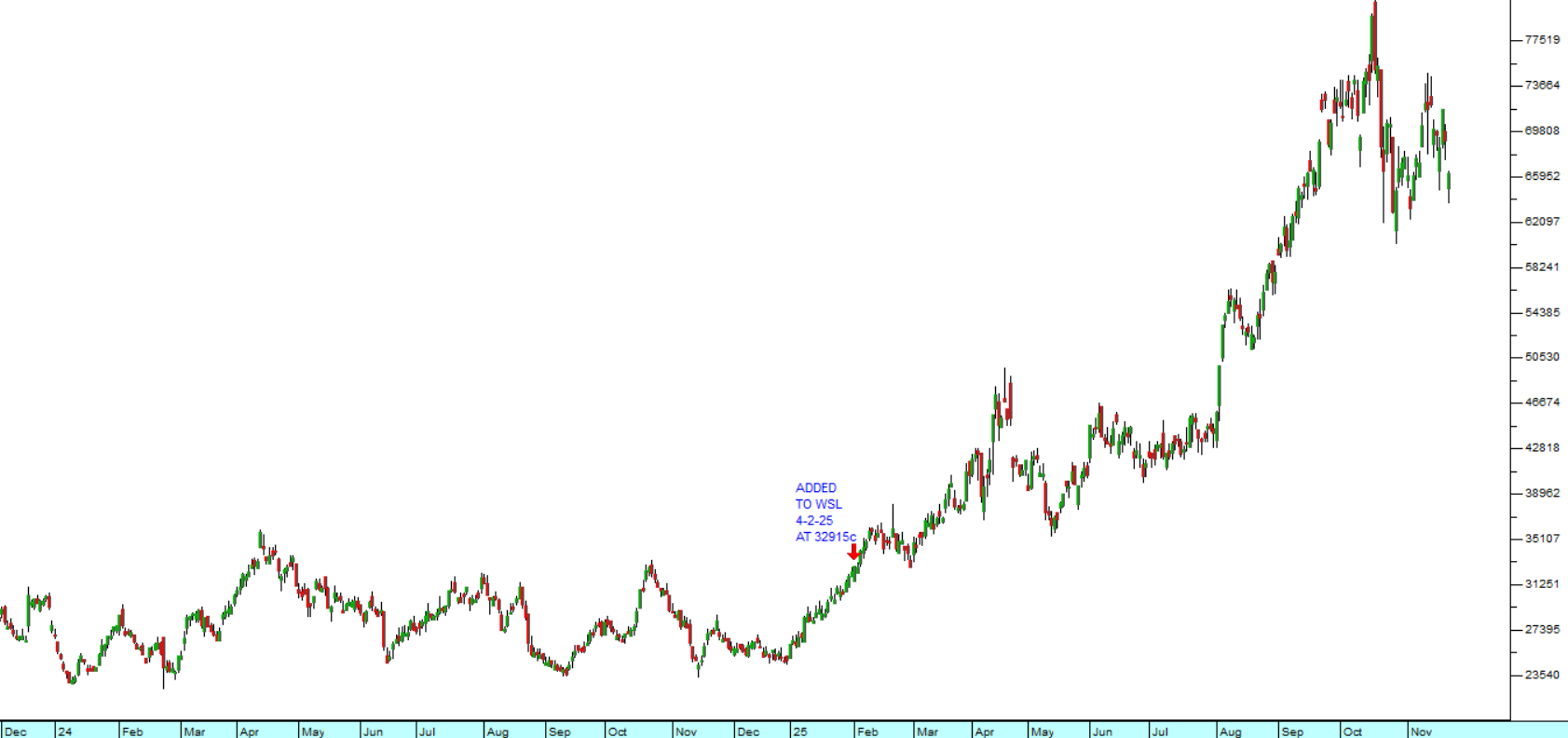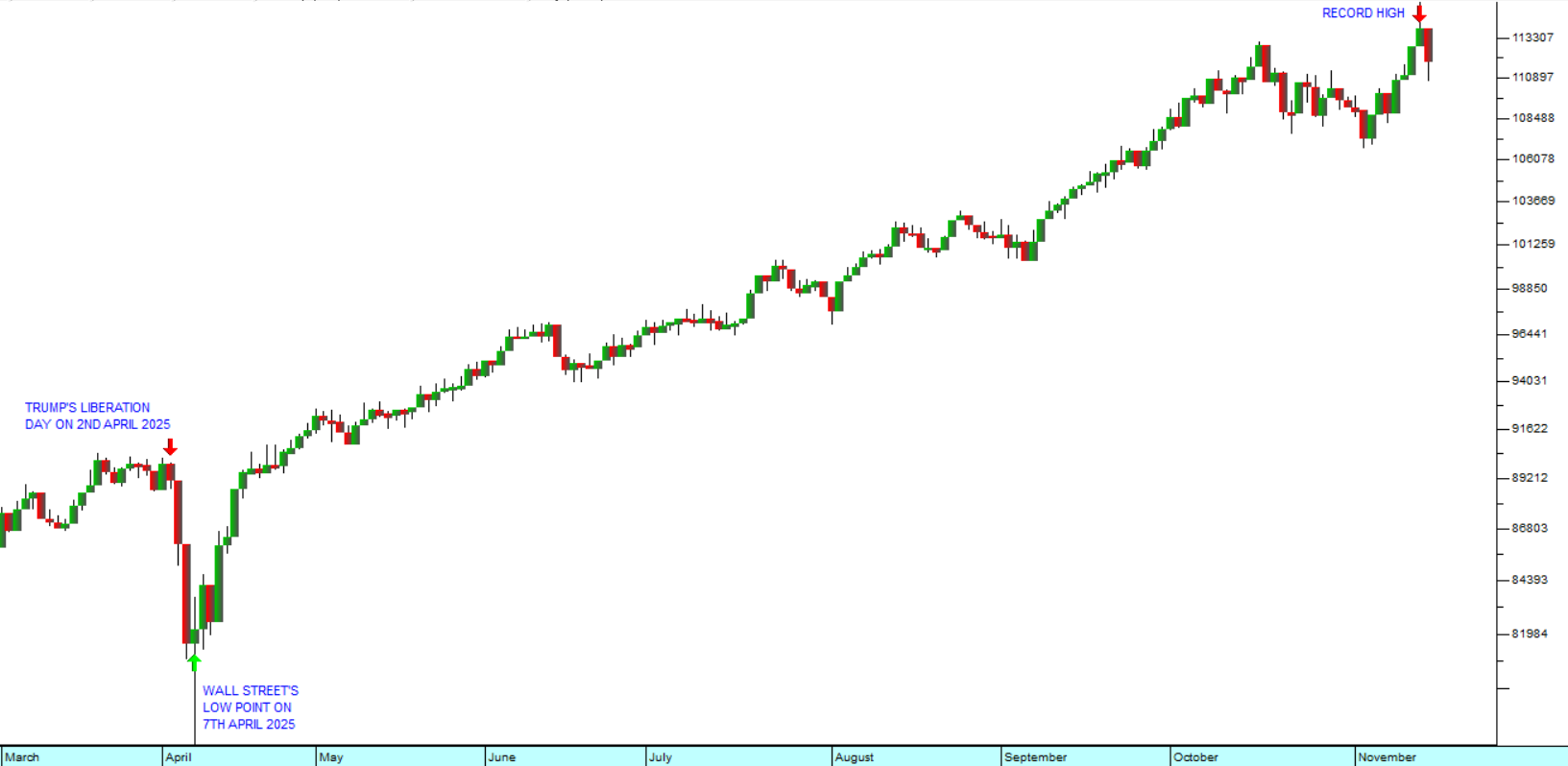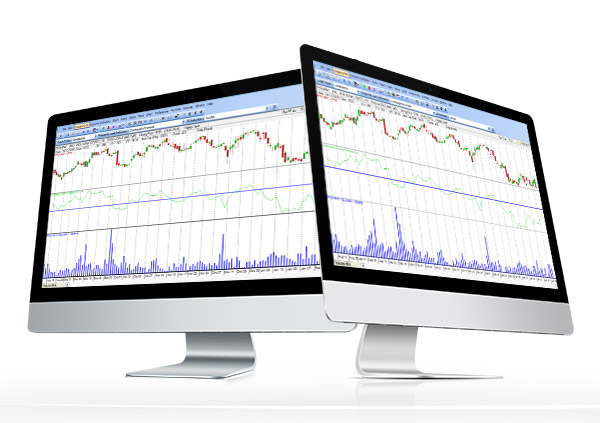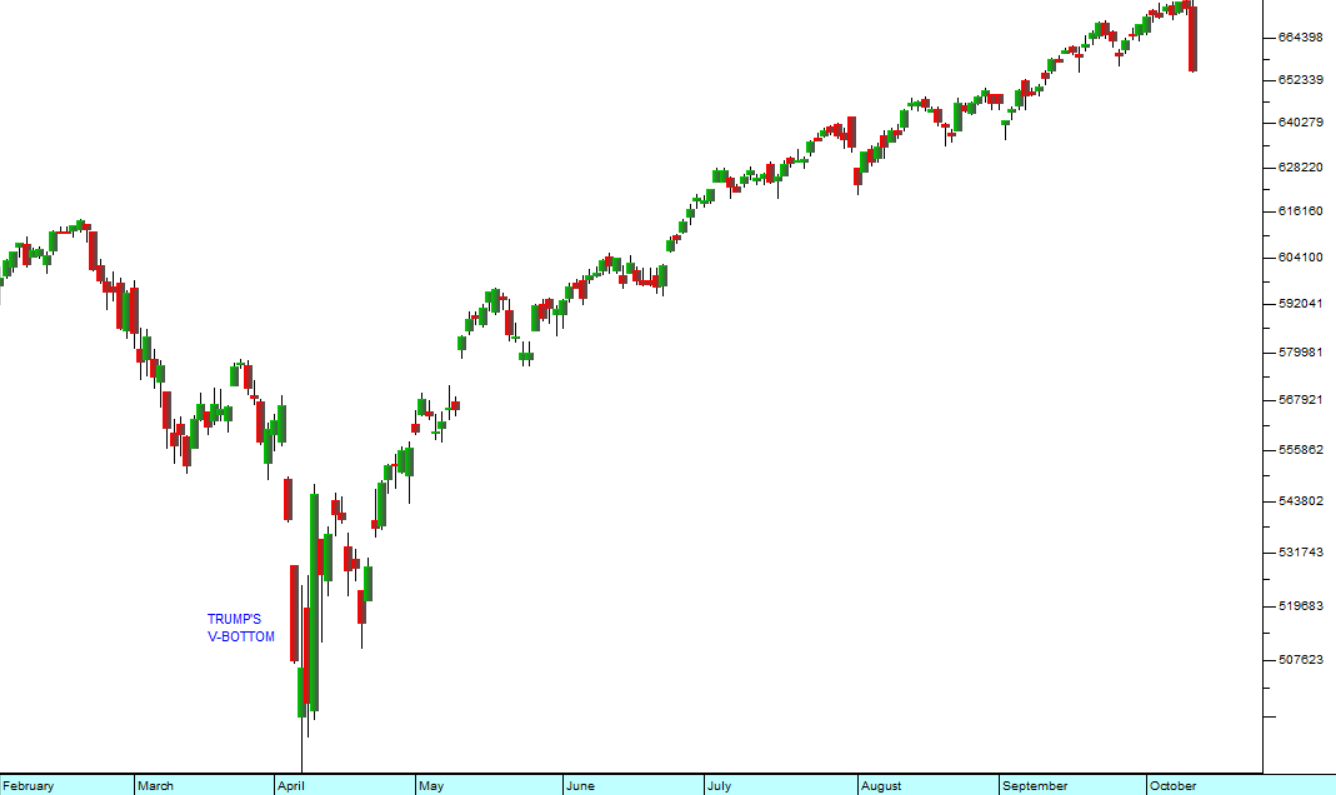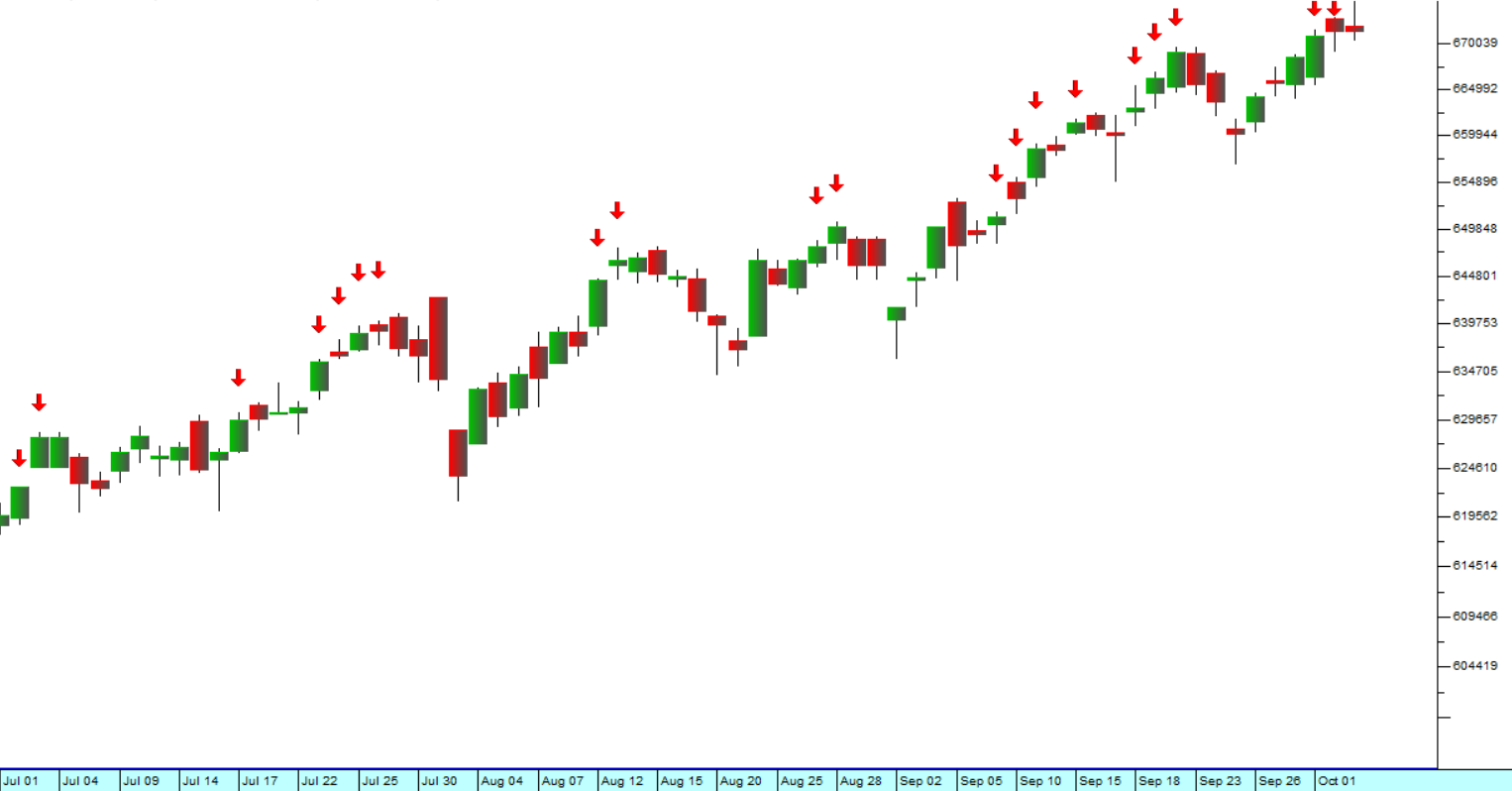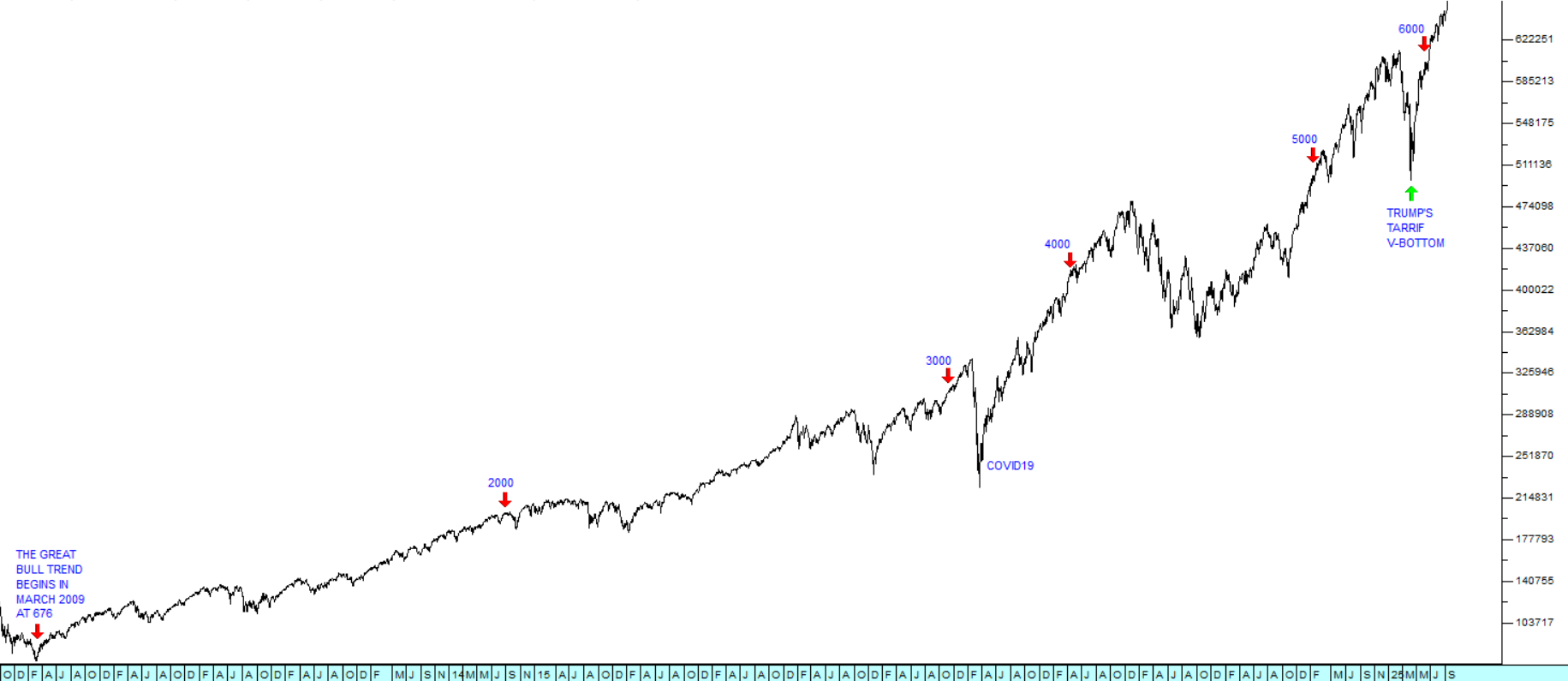The Impact of News
20 January 2025 By PDSNETOld Wall Street wisdom says the following concerning news which comes out about individual listed companies:
- Good news which is expected - causes the share price to drop.
- Good news which is unexpected - causes the share price to rise.
- Bad news which is expected - causes the share price to rise.
- Bad news which is unexpected - causes the share price to drop.
To understand this, you need to first understand the concept of discounting. Discounting is probably the single most important word in the share market. It refers to the fact that investors will consider the future expected profitability of a company when deciding to buy or sell its shares. If the company is expected to be profitable then the share will go up and vice versa. If you are unclear on the concept of discounting, you should re-read module seven of the lecture notes.
But, of course, news is not disseminated to everyone at the same time – and then investors also respond to news in different ways. Because of this, news can be fully discounted, over-discounted, partially discounted, or not discounted at all into the share’s price.
Thus, when a company is about to produce results which are expected to be particularly good, that good news is usually over-discounted into the share’s price. Then, when the results actually come out, reality sets in and the share price tends to drop – sometimes quite sharply.
Take the recent example of Karoo (KRO). Based on its results for the six months to the 31st of August 2024 investors were very bullish and pushed the share price up to R925, on the 9th of January this year. This was on the expectation that the results for the third quarter would also be very good. Then, when those results were published on the 15th of January 2025, despite the fact that they were good, the share price dropped sharply to R855. Consider the chart:
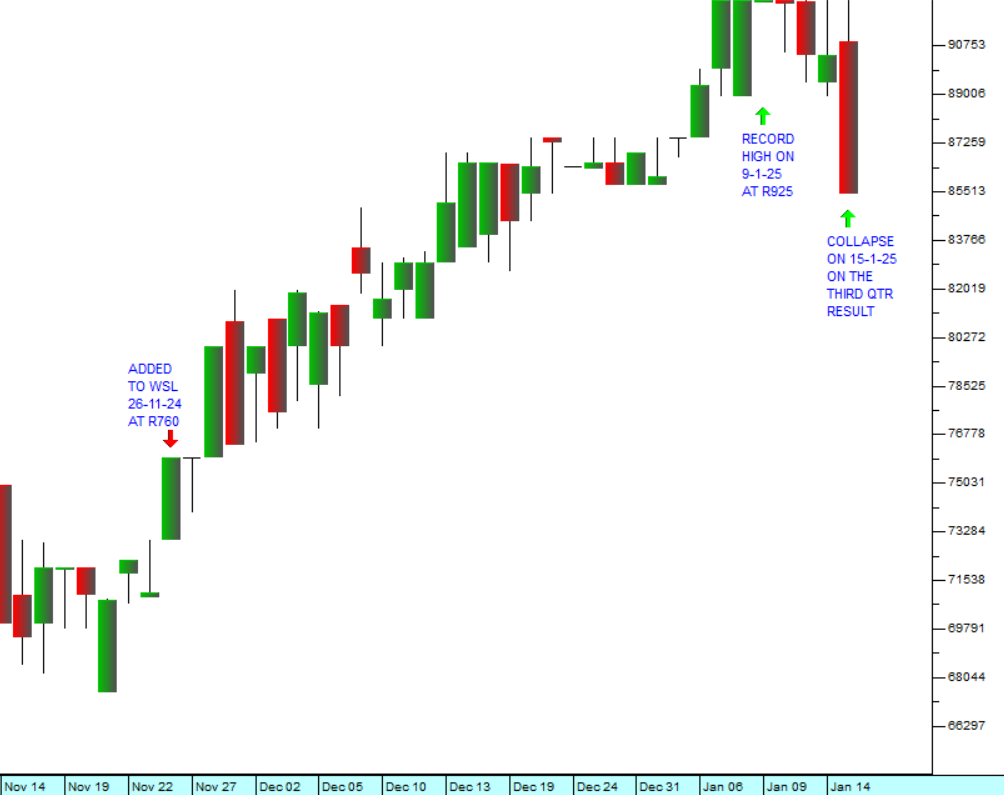
The rules given above refer to the "unsystematic" news which affects a single share. There is also "systematic" news which impacts the market as a whole. With systematic news, the news itself is less important than how the market responds to it.
For example, the unexpectedly high US jobs number for December 2024, published on the 10th of January 2025, caused investors to take the S&P500 index down 1,54% in a single day, based on the expectation that interest rates would, as a result, be reduced more slowly. The jobs number itself showed that the economy was booming, but the immediate investor response was based purely on their concern over the speed with which interest rates would decline.
A few days later, on Wednesday last week, the US core inflation figure was published. It came in at a slightly better-than-expected 3,2% - and investors responded very enthusiastically, pushing the S&P up 1,8% in a single day, the 15th of January 2025.
After the strong 24% run-up in the S&P during 2024, investors are concerned that the market has gone up too far too fast and is now ripe for a downward trend. This means that they tend to over-react sometimes to potentially negative information – like the jobs number. We tweeted that this was probably the case on the 13th of January 2025, when we drew attention to the fact that the downward movement had been excessive. We said that we were expecting the S&P to rally as a result – which it now has done.
This was based on the understanding that the underlying sentiment in the market remained strongly bullish - and that found expression when the mildly better core inflation figure was published a few days later and resulted in a powerful relief rally.
The simple fact is that this bull trend is not over – or even nearly over. The direction of the trend is predominantly bullish. Investors are excited about the potential profitability of new technologies like AI and human robotics. But as the market goes higher, and especially when it moves into previously uncharted territory, they naturally become more nervous. It is particularly important to develop a feel for investor sentiment in order to gauge the influence of systematic factors on the market.
DISCLAIMER
All information and data contained within the PDSnet Articles is for informational purposes only. PDSnet makes no representations as to the accuracy, completeness, suitability, or validity, of any information, and shall not be liable for any errors, omissions, or any losses, injuries, or damages arising from its display or use. Information in the PDSnet Articles are based on the author’s opinion and experience and should not be considered professional financial investment advice. The ideas and strategies should never be used without first assessing your own personal and financial situation, or without consulting a financial professional. Thoughts and opinions will also change from time to time as more information is accumulated. PDSnet reserves the right to delete any comment or opinion for any reason.
Share this article:
